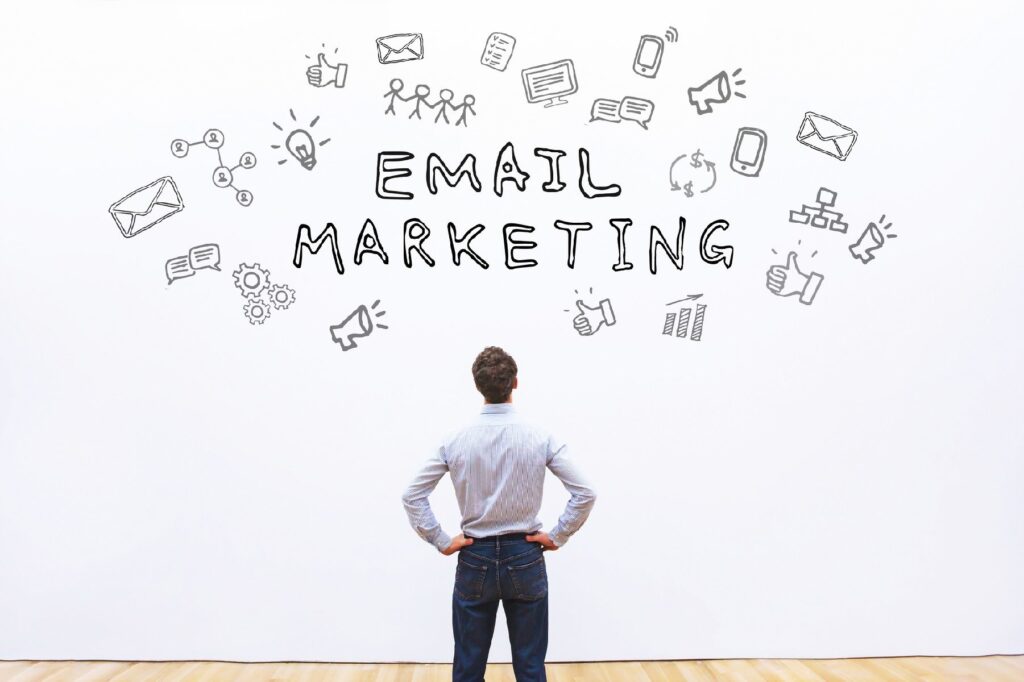Yelp and Google tend to be at the forefront of small-to-medium sized business managers’ minds. While your rank in stars, likes, and ratings might be relatively important for your local restaurant or bed and breakfast, it’s not half as important as your total social media presence.
The evolution of marketing since the turn of the millennium has been drastic at each and every turn, from billboard and pop-up ads to clickbait and a couple of dozen independent social media platforms. It’s almost too much to keep up with, but we’re going to make it simple for you to have the most up-to-date, relevant information in social media marketing as we enter the 20’s.
1.Facebook: ranked #1 most important Social Media Marketing platform across the board, no matter where you look or who you ask.

Depending on how well-versed you are in everything “Facebook,” you may or may not be surprised to know that 4 of 8 platforms on our list (or literally half of this entire list) are part of the Facebook family: Facebook, Messenger, Instagram, WhatsApp.
In case anyone is counting, Mark Zuckerberg’s net worth is $67 Billion, more than Elon Musk ($36.6B), but not quite on par with Bill Gates ($108.2B) or Jeff Bezos ($116.9B). It’s no wonder Facebook topped our list, and everyone else’s.
If your business doesn’t have a Facebook page, you might not exist, at least not in 2020.
Once your business has its own page and you have all those information fields filled out, you will want to start posting some content. Content on here can be as simple as “Happy Monday!” or as complex as a post linking to a video on YouTube that refers to an original article on your website’s blog. Don’t worry if you got lost somewhere in that last sentence – we will cover more of that in future articles.
If you have your business page all set up on Facebook and your content is rolling out regularly, then you’re ready for some Facebook Marketing. As you browse Facebook yourself, take note of the tasteful ads on the side of your computer, or the occasional ads that almost look like a friend’s post as you scroll down your news feed.
Don’t be afraid to familiarize yourself with Facebook’s business suggestions, layouts, tutorials, and analytic suggestions. Let Facebook guide you through the entire process. Their tools and help pages (look through all the tabs at the top of their business site) are honestly very helpful. Above all, be inspired when making your Facebook Ads.
2. Facebook Messenger
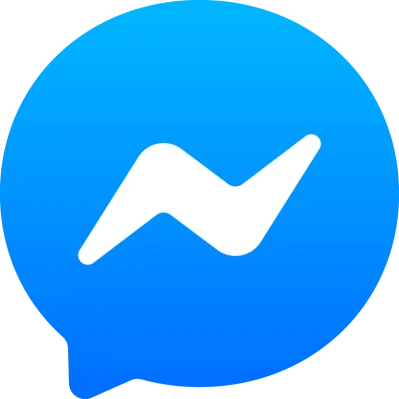
Facebook’s Messenger started out as just a way to send “instant” messages to people who happened to be on Facebook at the same time as you. Your “inbox” served as the equivalent of emails. Now, it’s an all-in-one system, accessible through Facebook and as a separate app. However, since it has its own app and you can set up entire automated systems (business bots) that exist solely within the confines of Messenger, it’s earned its very own spot on our list.
Remember AOL’s AIM? You had to have an AOL account to use AIM, and the same is true for Facebook and Facebook Messenger. The parallels are interesting here, especially since AIM was never an advertising platform.
Both messaging forums use(d) bots (i.e., ‘robots’): human-programmed profiles used for any number of purposes.
AIM’s bots tended to serve entertaining purposes such as making fun of users in a chat room (remember those 90’s and early 2000’s chat rooms?) or simple one-on-one conversations (…that your friend set up totrick you into IM’ing a bot).
Facebook Messenger’s bots tend to serve rather elaborate purposes, like keeping track of your finances and alerting you to spending patterns before you can get yourself in a pickle where you can’t pay rent on time (thanks, Cleo)… because it knows when you pay which bills and accounts for that in its forecasting algorithms.
Creating your own bot, whether it be to help customers with purchases and returns or to be an add-on service of sorts, is the ultimate way to integrate into the daily life of your customers. Notifications for individual apps are often silenced or even turned off, but odds are they won’t turn off notifications for an app where they message friends regularly.
Check out this great guide to Messenger bots for business marketing.
3. Pinterest
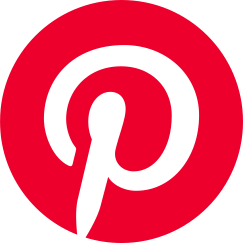
The #3 and #4 positions here are neck and neck: Pinterest and Instagram. For our purposes here, based on the three article references and the direct company statistics consulted for this report, we’re going to have to rank Pinterest before Instagram.
There are some surprising facts to grab on to here: over 200 million people went to Pinterest each month for inspiration and brand choices (Social Media Today, 2014), over 335 million people use Pinterest every month, and 89% “of people on Pinterest use it for purchase inspiration” (Pinterest Business, 2020).
Pinterest is a place for creative displays of your business, products, services, or even an image with some abstract relation to your business. Pin your product images, content posts, and blog articles (for all-star status, try out “rich pins”). Organize each pin within as many boards as you can imagine. (Refer to this Buffer article How-To)
4. Instagram (Fair Warning: not all Insta-links are work-safe, AKA #NSFW)
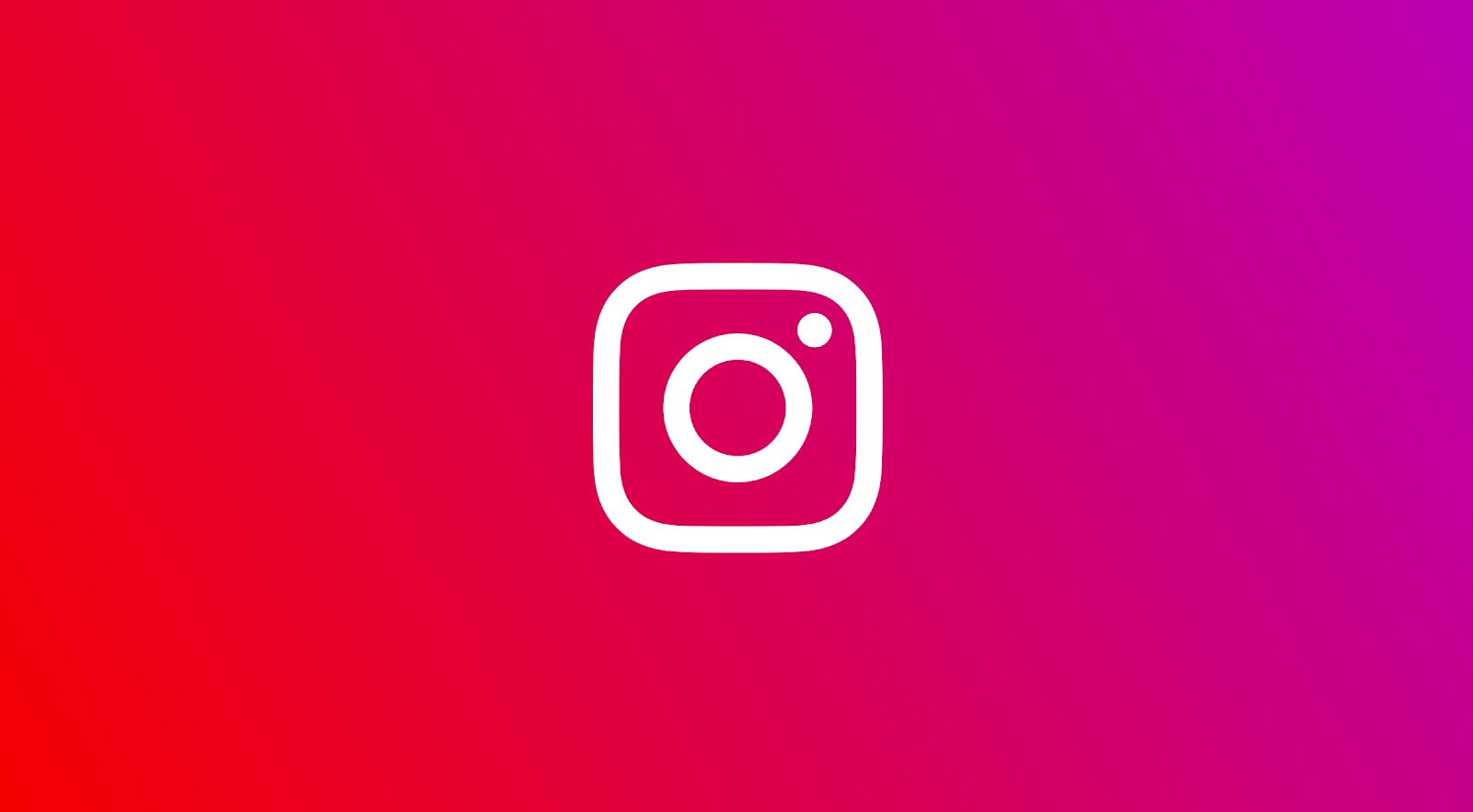
Have you heard of Instagram models (100% NSFW @models)? What about professional travelers who do nothing but document their travels in pictures… yep, you guessed it – INSTAGRAM! Professional bloggers of 2001 are now also posting pictures for Instagram. #Picsoritdidnthappen
Note that those Instagram posts are oftentimes also posted simultaneously to Facebook, Twitter, and Pinterest. #efficiency #forthewin
Before you jump in and start hashtagging everything you can think of until you turn blue in the face, read this article so you go into the tagging world of Instagram like a pro, like a social influencer.
5. YouTube
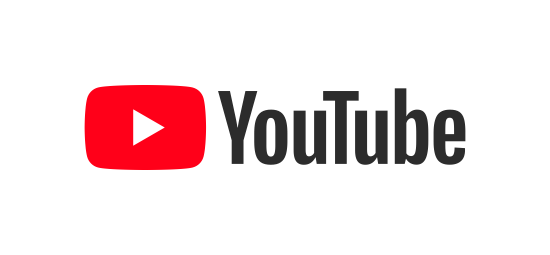
If you haven’t heard of YouTubers yet, then you’re likely not a Millenial. YouTubers, or YouTube influencers, are the people behind super successful channels who get paid by YouTube and/or name brand products to have a lot of people watch their channel’s videos.
YouTube has videos for everything… Warning: YouTube, for whatever reason, made it acceptable to have super chopping editing without any transitions. Some videos are a little harsher than others with the choppiness.
Don’t know how to deep clean hardwood floors? There’s a YouTube “How to” for you.
Can’t remember how to tie that fancy tie knot? YouTube has a step-by-step video with 8 fancy options.
Did Netflix remove Bob Ross and his happy trees again? That’s alright, YouTube has every last episode, and it’s free.
Did you see the Presidential Debates of 2000? Wait, did you miss the Florida SNAFU with Al Gore? What about 2008’s Presidential… everything? It’s all there for ya.
Oh, your great-grandson is into something called Fortnite and you want to be able to have a conversation with the kid? YouTube has you covered.
But WAIT! You keep seeing 13 and 14-year-old girls that somehow look like they’re 20… but how? Go check out the tutorials some of these influencers have. No, go find a video of guys reacting to videos of women recording their makeup transformations. Now THAT is some funny stuff; after all, 28 million people can’t all be wrong about a single video, can they?
6. WhatsApp (surprised as you maybe)
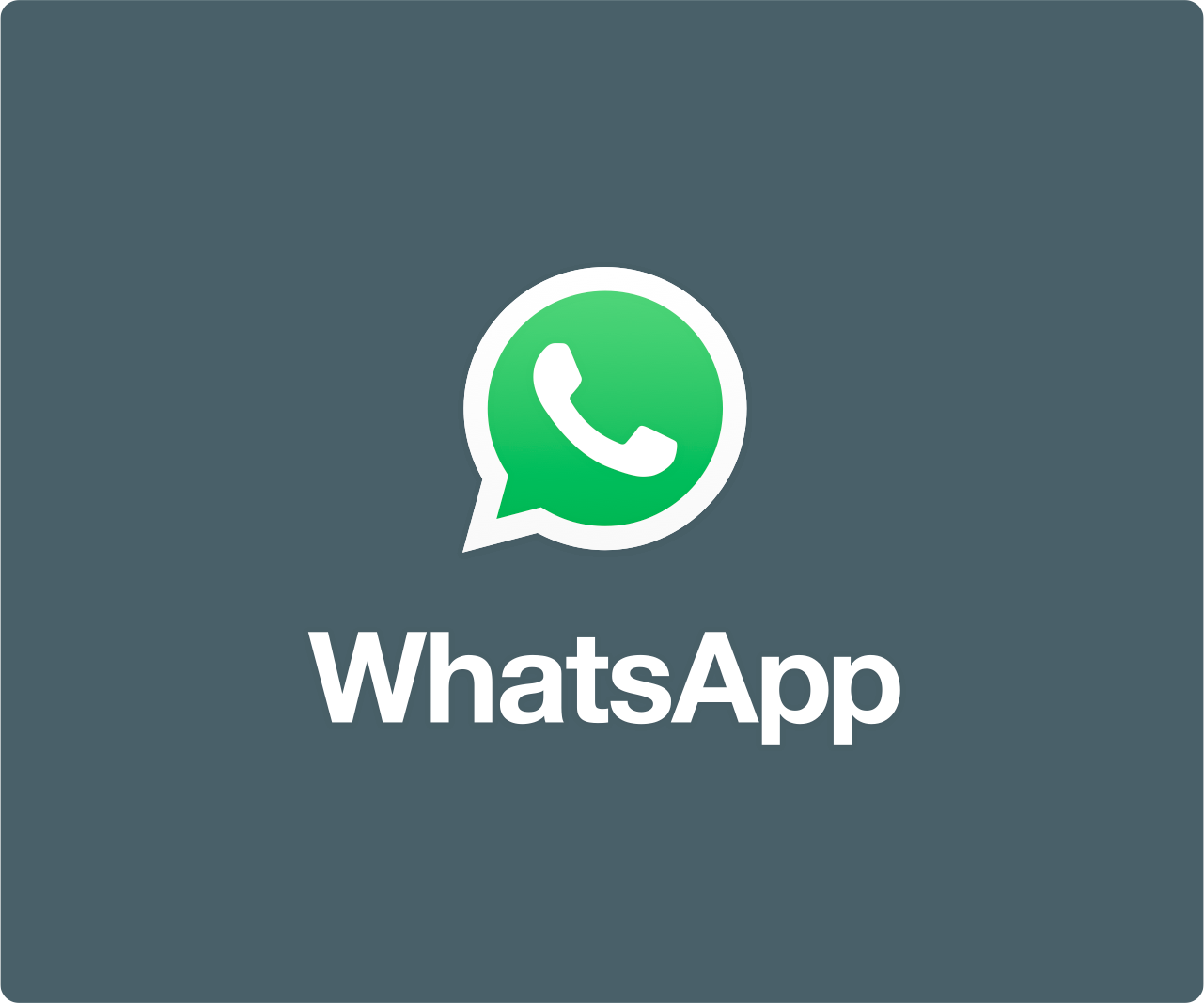
WhatsApp is used by people in over 180 countries. It’s well-known as the “encrypted” texting application, meaning all your secrets are safely coded so only you and whoever you are messaging will be able to see your conversations.
Fun Fact: The U.S. Department of State has many, many employees who use the WhatsApp platform to communicate with one another regularly from all around the world. The encryption involved is apparently good enough for top-tier government officials to discuss classified matters.
The application has a unique design in that the company cannot access your messages. Their servers actually only hold limited information on each user (e.g., name, location, date of last use). The only way to get a transcript of any one conversation is to get one of the messengers to download their personal files.
Now, not only is this platform highly secured, but businesses around the planet are beginning to utilize its convenient communication capabilities. WhatsApp has a Business app for small businesses and a Business API for medium-to-large companies. Booking.com, Uber, and Wish are just a few companies making use of this new frontier.
WhatsApp for businesses can operate in any number of capacities, from user support to product transactions and shipping. Some local health care networks are even using its services to schedule doctors’ appointments and answer an array of patient questions.
As WhatsApp grows, so will its interactions between businesses and clientele. Get in while it’s taking off and you’ll be well ahead of the curve on this one.
7. Twitter

Twitter is an interesting monster. Presidential tweets aside, there is a lot of potential here. This platform was created back when 160 characters were all you had to work with per message. This social engine was created for the millennials that grew up texting on flip phones, cell phones with slide-up keyboards, and eventually the all-wise touch screen. The platform still holds to their limited 160-character tweets; it’s their signature.
If you’re completely green to Twitter, don’t worry. The company has you covered with a MASSIVE set of guides set up based on step-by-step questions that are laid out in a very logical progression. There’s another portion of the site set up quite similarly, but for the business side of things, covering everything from your business profile to targeted ads. (I suggest playing around with a personal account before building your business account – that way you can peek around at how other businesses like to run things).
Building ad campaigns and marketing strategies is slightly different on Twitter since you’re limited in how much text you can have, but Twitter does allow for linking out. Links make it easy to link any Tweet to your blog or post somewhere else.
If your link is a bit long, use this guide to create a shortened link especially for Twitter.
Having a couple of tweets per day is ideal for any business to establish and maintain a reputable presence and history. Tweets don’t have to be official posts or links to new articles or another ad campaign. Use your business’ Twitter as a way to interact with followers and potential audiences.
Let yourself explore your creative and fun side. State a few fun facts that are super random and possibly even have zero relation to your company, or keep the interesting facts rolling about your products and services. Make a joke. Tell a story over the course of a day or even a week where each post builds from the one prior. Have fun with this.
Also be sure to track posts tagging your business, your products, and any hashtags specific to your organization. This is where people go to vent about a product or service gone wrong. This is also where you can take control and fix a problem when they might not have come to you about it first.
Remember this: you can interact with anyone in the Twitter-verse, so definitely have fun with it. Plenty of companies take the time to joke around with their followers. Someone linked the Taco Bell “bell” with the Triangle-Eye on the US Dollar Bill, and Taco Bell responded in kind. Maybe you’d like to take a hotshot at another company, maybe even a friendly competitor. Check out this page for a whole host of companies doing just this (Warning: some posts referenced in the article are NSFW).
8. Snapchat
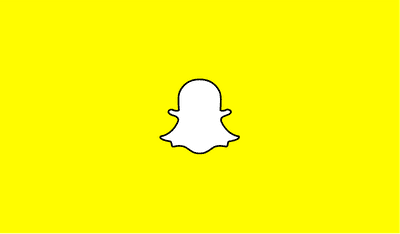
Last on our list, but certainly not least, is Snapchat! Just like Twitter, this is like the ultimate millennial social engine. It’s so unique that we have an entire how-to guide just for the Snapchat platform, complete with marketing strategies and step-by-step instructions to maximize the impact you have on your target audiences.






